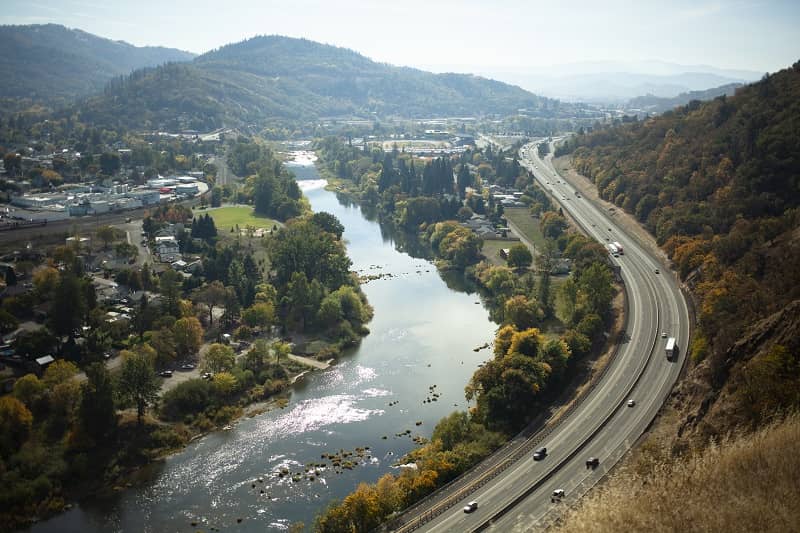By Anna Mae Kersey
When Oregon joined the Union in 1859, it was granted approximately 3.4 million acres by Congress in State Trust Lands, public lands managed by the state to support public education. In so doing, Congress assigned a fiduciary responsibility to the state to produce a profit from these lands for the Common School Fund in perpetuity. Over time, Oregon sold the majority of these lands in an effort to yield more economic benefits for the fund, with some 772,776 acres remaining under state management.
Unfortunately, those lands have been poorly managed, especially when compared with other Western states and the federal government.
Average Annual Return on Investment
State Trust Lands vs. Federal Management
2009-2013
| Jurisdiction | Revenues | Expenditures | Returns per dollar spent |
| New Mexico | $554,218,262 | $13,516,608 | $41.00 |
| Arizona | $231,823,603 | $16,629,652 | $13.94 |
| Montana | $107,610,838 | $12,443,132 | $8.65 |
| Bureau of Land Mgmt. | $4,690,082,024 | $1,508,484,072 | $3.11 |
| Idaho | $66,033,347 | $23,572,154 | $2.80 |
| Oregon (2013-14) | $8,096,821 | $7,593,305 | $1.09 |
| U.S. Forest Service | $571,781,109 | $5,708,126,237 | $0.10 |
When Oregon can barely break even on lands that other states manage for great profit, it is a serious indictment of leadership by the State Land Board.
Furthermore, only 7,400 acres of the 772,776 acres currently classified as State Trust Lands actually meet the criteria of having either short- or long-term revenue earning potential. This means that approximately 96 percent of State Trust Lands show no signs of generating revenue in five to ten years.
The primary reason for the discrepancy between Oregon’s profit margins and those of its peer states is the endangered species restrictions placed on the Elliott State Forest. These restrictions have transformed these lands from profit producing assets into deficit inducing liabilities.
Oregon, in essence, is in default to the Common School Fund. In addition to its obligation to continue to bring in revenue, it is also legally bound to maintain “intergenerational equity” and “cannot benefit current students at the disadvantage of future students, or vice versa.” Neither current nor future students stand to benefit from a deficit.
In contrast, the Common School Fund itself earns significant net revenue for schools each year. Assets of the Fund are invested by the State Treasurer and the Oregon Investment Council and consistently exceed performance expectations, earning an annual average of 13.25 percent return on investment over the past three years, as opposed to the 0.1 percent return on investment by the State Trust Lands.
There can be no public trust in an agreement where one side, time and time again, fails to deliver. On August 13, the State Land Board will meet in Salem to discuss the Elliott State Forest. It is imperative that board members look to the past to prepare for the future. There is already a precedent of transferring lands to private ownership. The board needs to sell those lands that are costing the fund and future generations, so that the trust in State Trust Lands can be restored.
Anna Mae Kersey is a research associate at Cascade Policy Institute, Oregon’s free market think tank. She recently graduated from Mercer University in Macon, Georgia with an Honors B.A. in Philosophy and is pursuing a Master’s of Liberal Arts at St. John’s College in Santa Fe, New Mexico.











